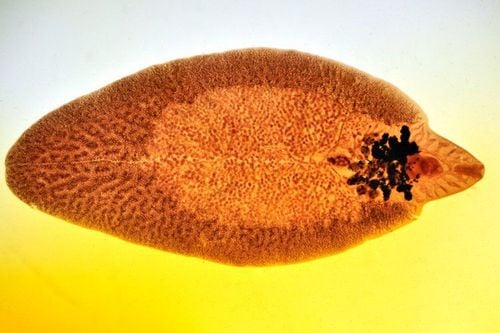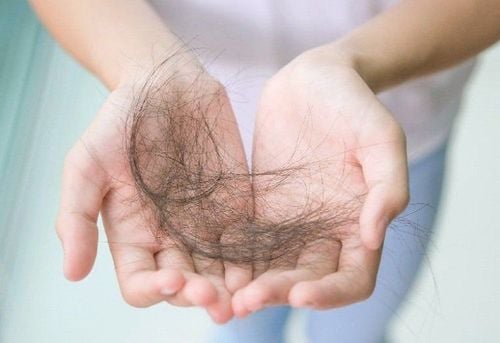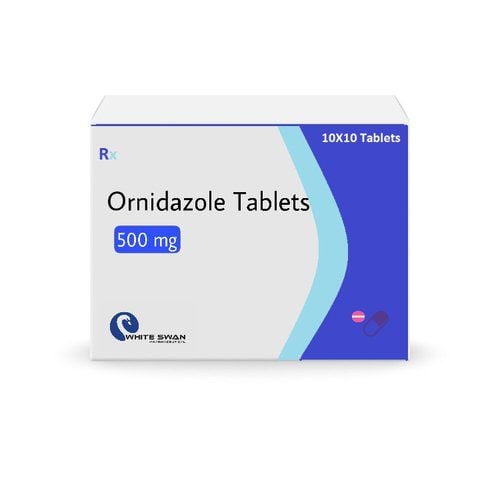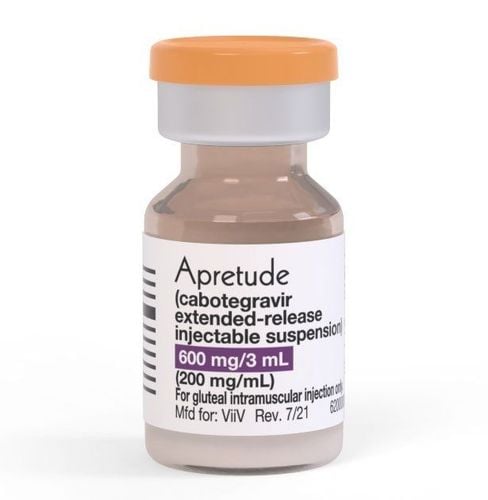This is an automatically translated article.
The article is professionally consulted by MSc.BSCKII Phan Thi Minh Huong - Gastroenterologist, Vinmec International Hospital Da Nang.Toxocara worm disease, also known as toxocariasis in humans, is caused by two types of roundworms: Toxocara canis (in dogs) and Toxocara cati (in cats). Patients will be infected with roundworm larvae of dogs or cats. The disease has no specific clinical symptoms and is more common in children than in adults.
Transmission of toxocara worms is due to climatic conditions, sanitary conditions, living practices and exposure to contaminated soil contaminated with dog and cat feces.
1. Causes of Toxocara

Tiếp xúc với đất bẩn nhiễm phân chó mèo là nguyên nhân gây ra bệnh giun Toxocara
Sources of transmission:
Reservoir: Dogs are reservoirs of toxocara canis and cats are reservoirs of toxocara cati; The nest containing worm eggs is soil and water contaminated with cat and dog feces. Incubation period: From a few weeks to several months depending on the degree of infection with worm larvae more or less and the susceptibility of the patient. In cases of illness caused by eating infected liver that has not been cooked, the incubation period can be several days or just a few hours. Humans swallow toxocara worm eggs, when reaching the small intestine, the eggs hatch to release larvae, the larvae pass through the intestinal wall and move to the liver. From the liver, the larvae migrate through the circulatory and lymphatic systems to other parts such as the lungs, abdominal organs, eyes, etc., causing damage to the internal organs. Toxocara larvae cannot develop into adult worms in humans and cannot repeat the human life cycle. Larvae can survive in organs for years if left untreated. Period of transmission: Puppies are infected from the mother dog through the placenta or through breastfeeding. About 3 weeks old, they can shed toxocara worm eggs outside. Toxocara worm disease is transmitted by eating or drinking by swallowing worm eggs in soil or water contaminated with cat and dog feces. In addition, the larvae of worms in the meat of dogs and cats, if the infected person eats it without being carefully processed, it will also be infected. In particular, the disease is not transmitted directly from person to person.
2. Symptoms of toxocara
Toxocara worm disease has no specific clinical symptoms. Some patients have manifestations such as:
Liver enlargement, fever Pulmonary symptoms such as: Cough, chest pain Gastrointestinal tract such as abdominal pain, dyspepsia Increased blood globulin, increased eosinophils infrequently. In severe infection, symptoms can persist for years, causing pneumonia, endophthalmitis, chronic abdominal pain, and focal neurological disturbances due to toxocariasis and leukocyte migration. elevated and eosinophils may account for up to 80-90%.

Sốt - là một trong những biểu hiện của bệnh giun Toxocara
3. Measures to prevent toxocara
Propaganda and raise awareness of personal and community hygiene, especially dog and cat owners; Protect the environment from being contaminated with cat and dog feces. Sanitize the environment, especially the area with dog and cat feces, indoor areas and children's play areas. Build a lifestyle of good personal hygiene: wash your hands before eating or preparing food, do not eat raw vegetables that have not been thoroughly washed or undercooked dog and cat meat. Deworming for cats and dogs regularly: For kittens, it is necessary to deworm from 3 weeks of age, repeat deworming 3 times 2 weeks apart and then every 6 months.
Please dial HOTLINE for more information or register for an appointment HERE. Download MyVinmec app to make appointments faster and to manage your bookings easily.













